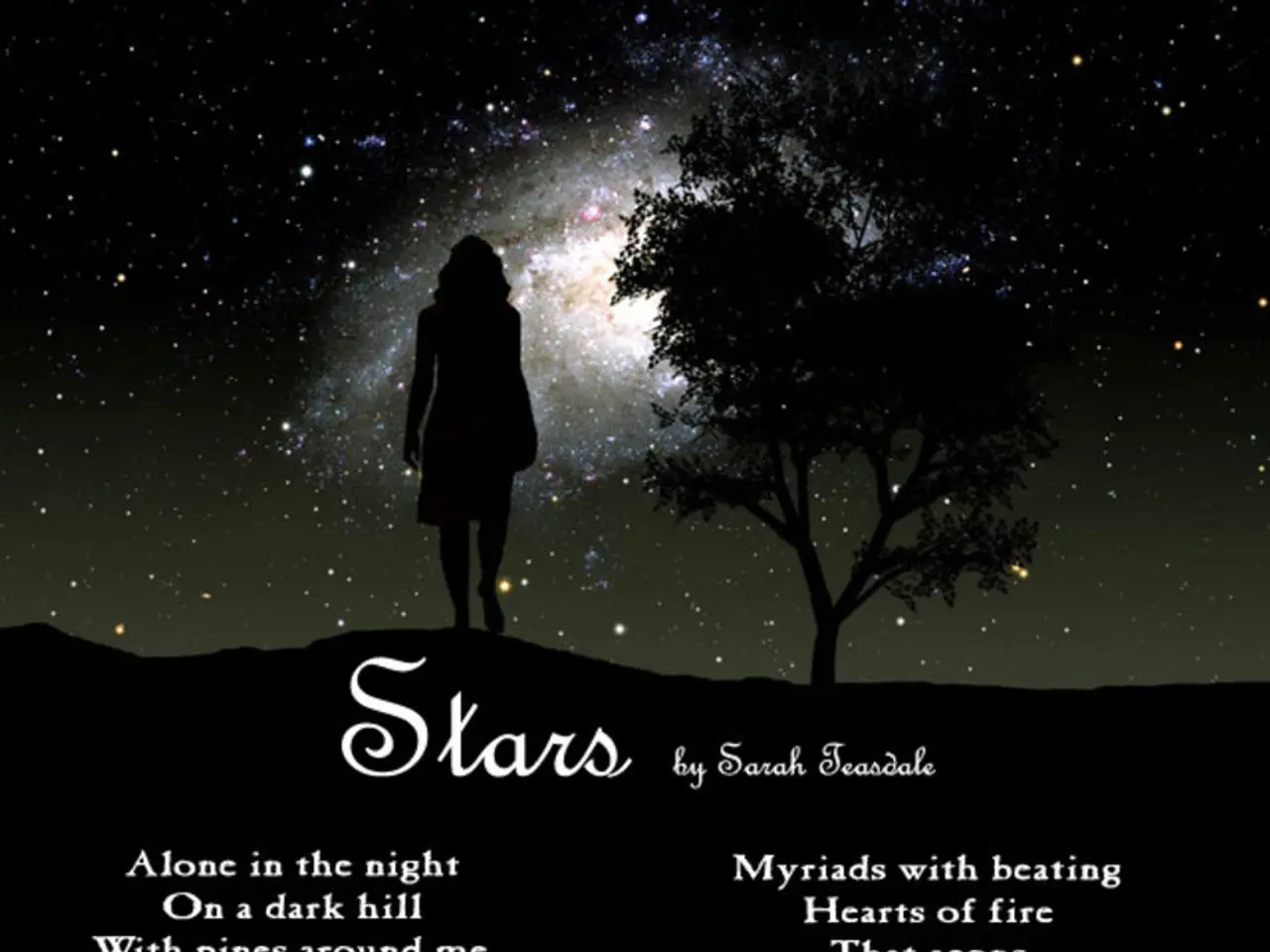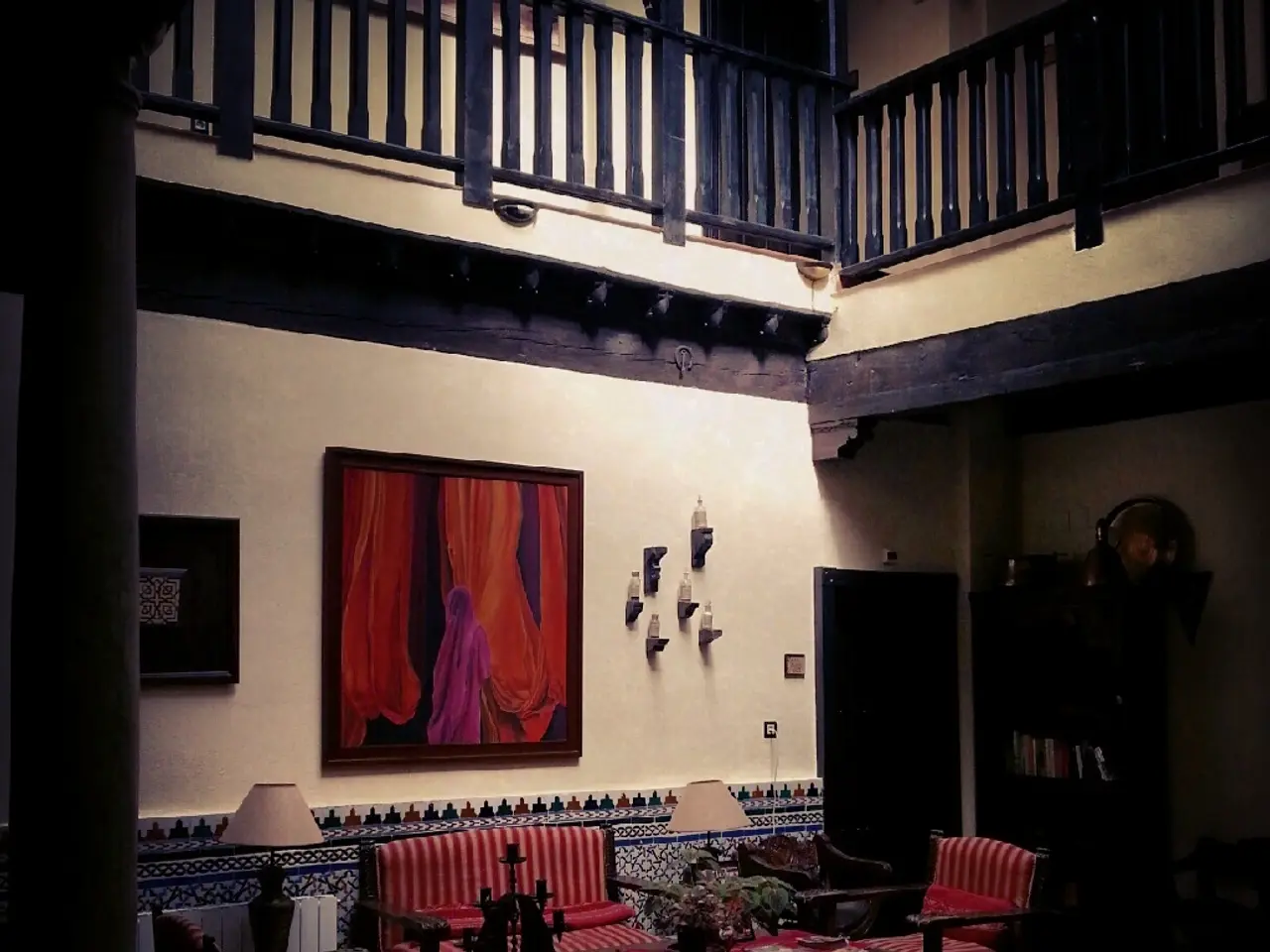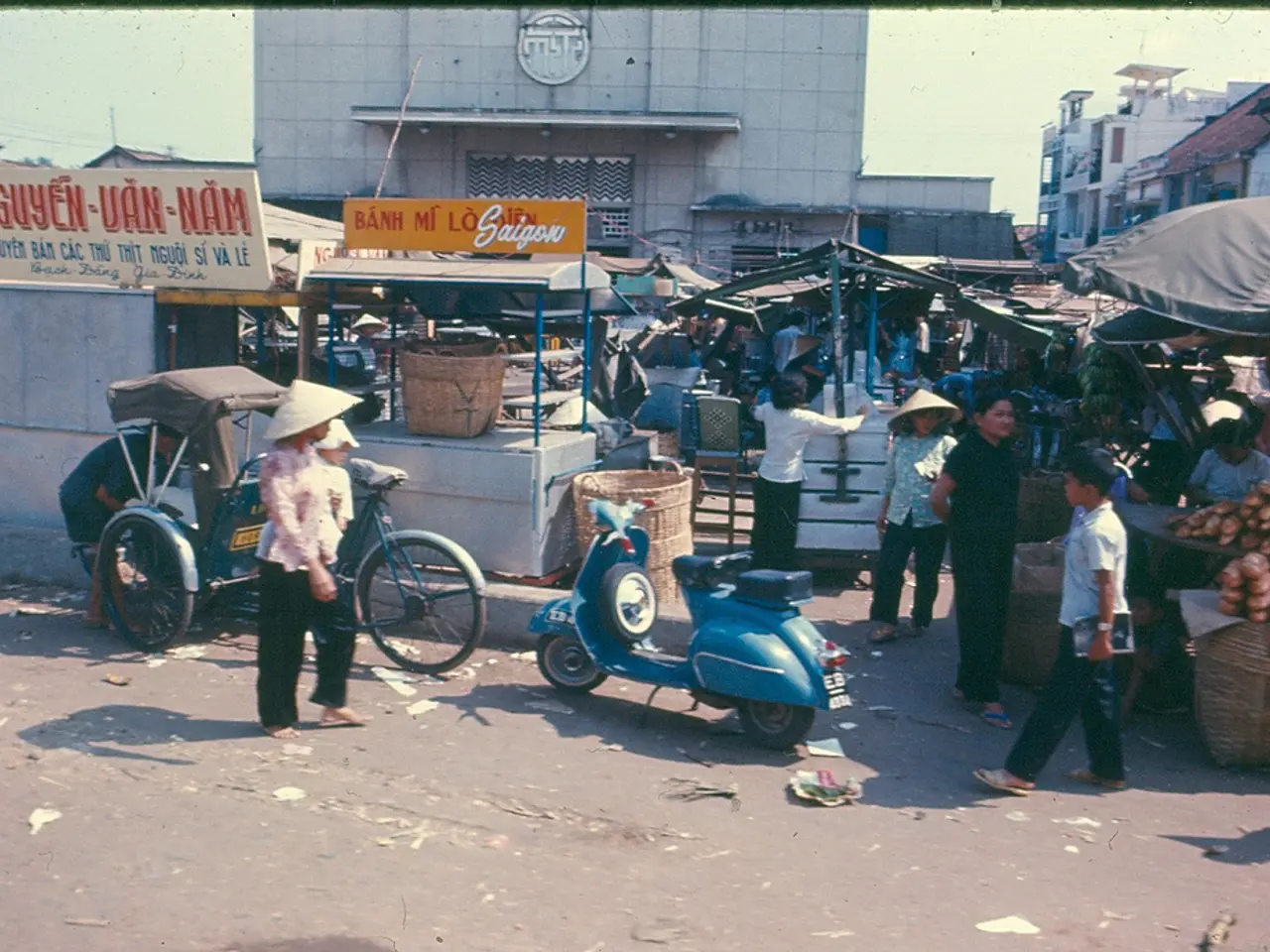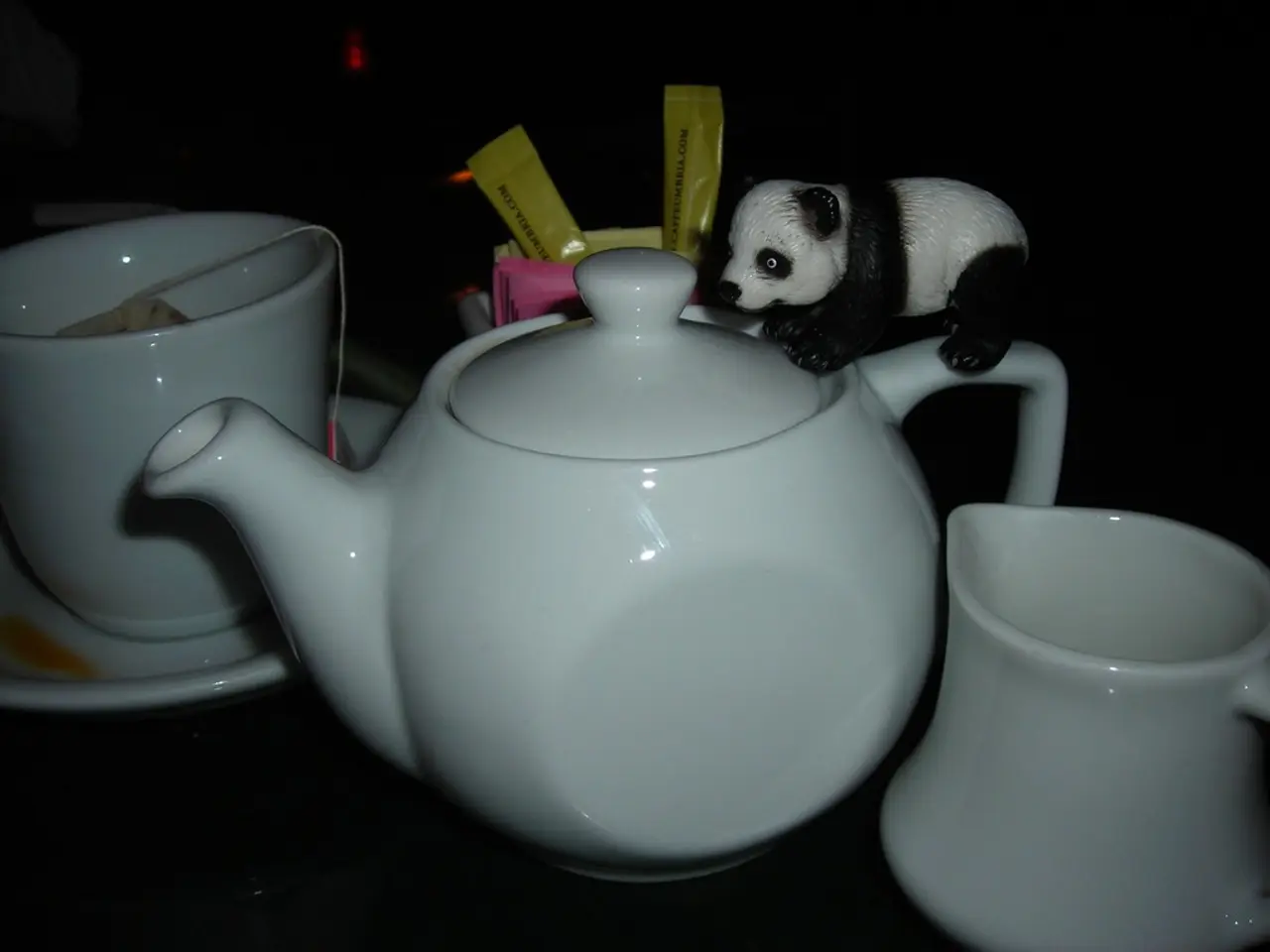Exploring the Mechanisms of Poetry: A Look Inside Its Distinctive Features
Poetry, a form of literature that has captivated audiences for centuries, can take many shapes and forms. Two notable variations are concrete poetry and traditional poetry, each with its unique approach to creating visual imagery.
Concrete Poetry
Known as shape poetry, concrete poetry relies heavily on the visual layout of words to convey meaning. The arrangement of text forms a shape that represents the subject of the poem, such as a tree or a heart. This visual element enhances the meaning of the words by creating a synergistic effect where the shape complements the text, making the poem more engaging and expressive.
Readers are invited to interpret the poem both visually and textually, which can lead to a more immersive and personal experience. An example of this can be found in Lewis Carroll's "Alice's Adventures in Wonderland," where words are arranged to resemble a mouse's tail.
Traditional Poetry
Traditional poetry focuses primarily on the textual content, using techniques like metaphor, simile, and hyperbole to convey meaning and evoke emotions. While traditional poetry often employs vivid imagery and symbolism to create mental visuals, it does not rely on visual arrangements to convey meaning.
Readers interpret traditional poetry based on the text alone, using their imagination to visualize the imagery and themes presented. In many ways, creating a poem can be similar to writing a story, as both require deciding on the content or what the poem is saying.
Comparison
Both forms allow for varied interpretations, but concrete poetry's visual elements provide an additional layer of meaning that can be more immediately understood, while traditional poetry requires more active imagination. The visual aspect of concrete poetry can evoke emotions more directly through its use of space and form, whereas traditional poetry relies on the power of language alone.
Both types of poetry can be influenced by cultural context, but concrete poetry's visual elements might be more universally understood across cultures due to its less reliance on specific linguistic nuances.
Creative constraints can be imposed by concrete poetry's reliance on visual form, as the poet must balance the visual shape with the textual content. Traditional poetry offers more artistic freedom in terms of form and structure, allowing poets to explore a wide range of themes and styles without visual constraints. Concrete poetry might encourage collaboration with artists or designers to enhance the visual aspect, while traditional poetry is often a solo endeavor.
Additional Techniques
Word placement, line placement, and line breaks can affect the visual imagery or meaning of a poem. Poets can use visual techniques like altering the poem's physical shape or placement on the page, fancy lettering like calligraphy, and acrostics, a type of poem with hidden messages, where the first letters of each line spell out a word or a phrase, to create visual imagery in their works. Illustrations in poems can also enhance their meaning, although they may not always be essential to understanding the poem.
In summary, the visual effects in concrete poetry integrate the layout of words to enhance meaning and engage the reader visually, whereas traditional poetry focuses on textual techniques to evoke mental imagery. Both forms have their unique strengths and can be impactful in different ways, depending on the intended effect and audience interpretation.
Home and garden enthusiasts might find the visual aspects of concrete poetry, relying on the arrangement of words to form shapes, intriguing as it mirrors the creativity in arranging plants and decorations. This artistic form allows for direct emotional evocation through its use of space and form.
On the other hand, traditional poetry's focus on textual content, employing literary devices like metaphor and simile, may resonate with those who prefer expressing themselves through written narratives, as it requires active imagination and offers more freedom in terms of form and structure.




